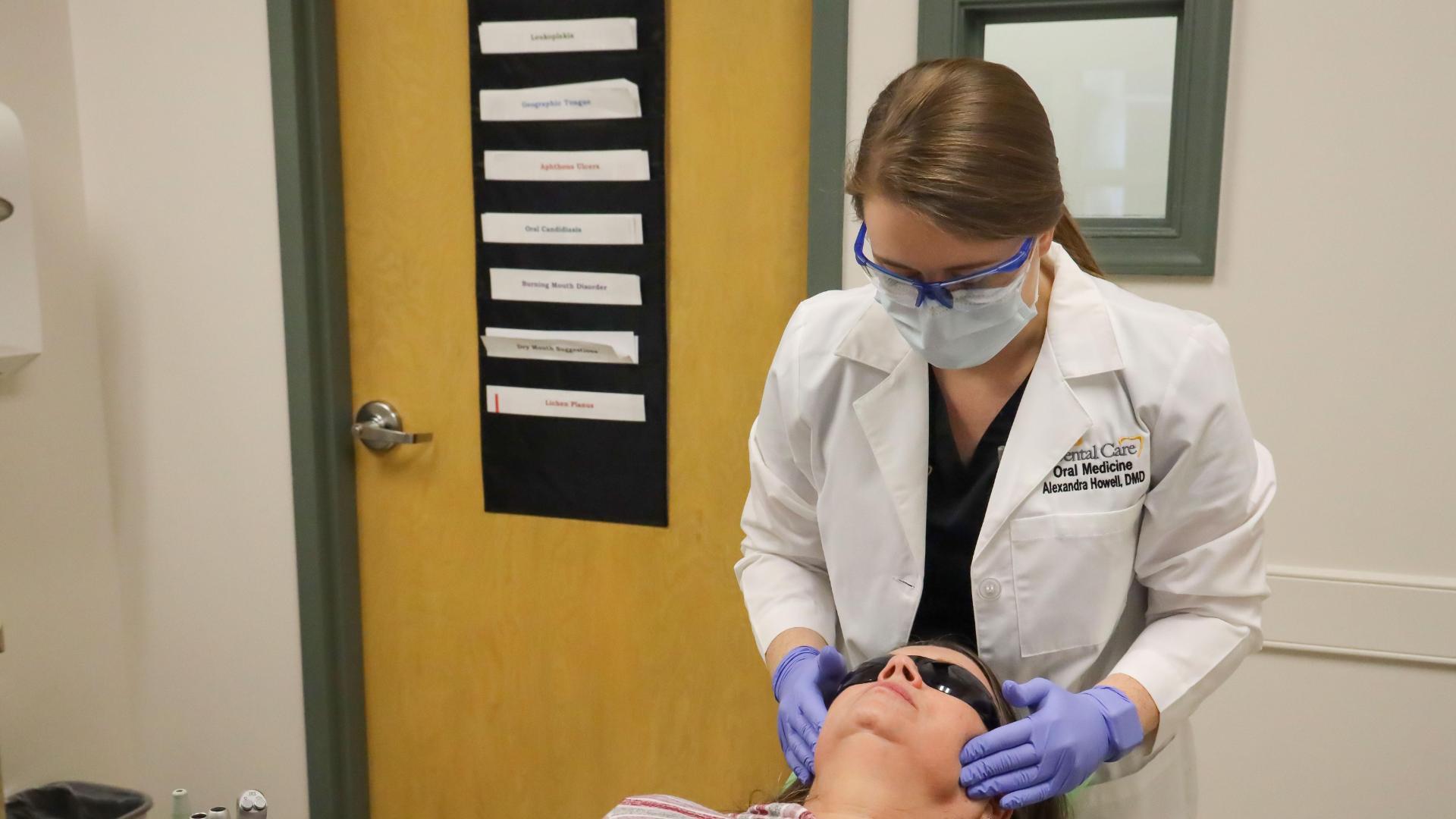U.S. Positions on Economic, Social, and Cultural Rights (ESCR)

U.S. positions on ESCR in UN resolutions and programs have alternated between qualified support and opposition. While the Clinton administration endorsed the Vienna Declaration and Program of Action, which recognized the importance of ESCR, the United States has generally opposed ratification of the ICESCR and other treaties that integrate ESCR into their terms.12 Despite this ambivalence on the international stage, the United States has extensively implemented ESCR provisions domestically, particularly at the state, county, and city levels.13
An exception to the skeptical U.S. posture on ESCR is reflected in the ratification of the Convention on Elimination of All Forms of Racial Discrimination (CERD), which includes articles that call for the realization of ESCR for covered groups.14 The United States did not issue any specific reservations, understandings, or declarations regarding these provisions in its instrument of ratification.15 Therefore, the United States has recognized and committed itself to advance ESCR within this context. However, it is important to note that the objective of CERD is to remedy discrimination suffered by these groups with regard to ESCR, not to ensure that all individuals enjoy these rights.
The United States and the Right to Development
Along with the elaboration of the Universal Declaration of Human Rights (UDHR) through various human rights treaties, including the ICESCR, the international community initiated a discussion about a “right to development” – the right of a country to enjoy economic development. Although it was not originally conceived in human rights terms, some began to frame it as such by the 1980s, drawing on the economic, social, and cultural rights listed in the UDHR and the right to self-determination found in other UN documents. In 1986, the UN General Assembly adopted a Declaration on the Right to Development, and there have been numerous resolutions and actions taken since to reaffirm and give further meaning to this concept.16
The United States cast the sole “no” vote to the 1986 declaration, although several countries abstained. Since then, the United States has generally maintained its opposition to resolutions focused specifically on the Right to Development (RtD), although it has joined consensus on various UN documents referring to this right. U.S. statements on the topic typically note that while Washington supports development, the term “right to development” does not have an agreed international meaning, is not specifically recognized as a human right in any treaty, and applies to states or societies rather than individuals. Therefore, the United States seeks to distinguish ESCR from RtD.
In recent years, China has taken a leading role in resolutions affirming RtD, aligning with its efforts to prioritize the primacy of states over individuals in the multilateral human rights system. This has garnered significant support among countries in the Global South, in addition to the economic incentives provided under China’s Belt and Road Initiative.
Recent Changes in the U.S. Position on ESCR
The Obama administration demonstrated a commitment to embracing ESCR. President Barack Obama emphasized the importance of economic security and opportunity in his speech to the Nobel Prize committee, stating that true peace includes freedom from want. The Obama administration’s support for ESCR was reflected in its submissions to the Universal Periodic Review (UPR) in 2010 and 2014, which dedicated sections to ESCR, including topics such as education, health, and housing. The reports highlighted the actions taken by the United States to create a society in which prosperity is shared and social benefits are provided by law.2223
Then-Assistant Secretary of State for Democracy, Human Rights, and Labor Michael Posner outlined the principles guiding U.S. diplomacy on support for ESCR in a speech in 2011. These principles included basing language on the Universal Declaration and the ICESCR, endorsing the “progressive realization” of rights, prohibiting discrimination, ensuring compatibility with domestic and constitutional frameworks, highlighting U.S. policies of providing basic necessities to those in need, and recognizing the interdependence of all rights.2425
The Obama administration’s support for the Sustainable Development Goals (SDGs) of the 2030 Agenda for Sustainable Development further demonstrated its commitment to advancing ESCR internationally, even if it did not explicitly frame its support in human rights terms.28
SDGs, Targets, and Indicators in the Article
1. Which SDGs are addressed or connected to the issues highlighted in the article?
- SDG 1: No Poverty
- SDG 2: Zero Hunger
- SDG 3: Good Health and Well-being
- SDG 4: Quality Education
- SDG 6: Clean Water and Sanitation
- SDG 8: Decent Work and Economic Growth
- SDG 10: Reduced Inequalities
- SDG 11: Sustainable Cities and Communities
- SDG 16: Peace, Justice, and Strong Institutions
- SDG 17: Partnerships for the Goals
The article discusses various economic, social, and cultural rights (ESCR) issues, such as poverty, hunger, health, education, water and sanitation, economic growth, inequalities, and the role of partnerships and institutions in promoting these rights. These issues are directly connected to the Sustainable Development Goals mentioned above.
2. What specific targets under those SDGs can be identified based on the article’s content?
- SDG 1.2: By 2030, reduce at least by half the proportion of men, women, and children of all ages living in poverty in all its dimensions according to national definitions.
- SDG 2.1: By 2030, end hunger and ensure access by all people, in particular the poor and people in vulnerable situations, including infants, to safe, nutritious, and sufficient food all year round.
- SDG 3.8: Achieve universal health coverage, including financial risk protection, access to quality essential health-care services, and access to safe, effective, quality, and affordable essential medicines and vaccines for all.
- SDG 4.1: By 2030, ensure that all girls and boys complete free, equitable, and quality primary and secondary education leading to relevant and effective learning outcomes.
- SDG 6.1: By 2030, achieve universal and equitable access to safe and affordable drinking water for all.
- SDG 8.5: By 2030, achieve full and productive employment and decent work for all women and men, including for young people and persons with disabilities, and equal pay for work of equal value.
- SDG 10.2: By 2030, empower and promote the social, economic, and political inclusion of all, irrespective of age, sex, disability, race, ethnicity, origin, religion, or economic or other status.
- SDG 11.1: By 2030, ensure access for all to adequate, safe, and affordable housing and basic services and upgrade slums.
- SDG 16.3: Promote the rule of law at the national and international levels and ensure equal access to justice for all.
- SDG 17.16: Enhance the global partnership for sustainable development, complemented by multi-stakeholder partnerships that mobilize and share knowledge, expertise, technology, and financial resources.
The article highlights the importance of achieving these specific targets related to poverty reduction, hunger eradication, universal health coverage, quality education, access to clean water, decent work, reducing inequalities, improving housing and basic services, promoting the rule of law, and strengthening partnerships for sustainable development.
3. Are there any indicators mentioned or implied in the article that can be used to measure progress towards the identified targets?
Yes, the article mentions or implies several indicators that can be used to measure progress towards the identified targets. These include:
- Proportion of population living in poverty
- Access to safe and nutritious food
- Universal health coverage
- Completion rates of primary and secondary education
- Access to safe drinking water
- Employment rates and equal pay
- Measures of social, economic, and political inclusion
- Access to adequate housing and basic services
- Rule of law and equal access to justice
- Partnerships and resources mobilized for sustainable development
These indicators can be used to assess the progress made towards achieving the targets under the respective SDGs.
SDGs, Targets, and Indicators Table
| SDGs | Targets | Indicators |
|---|---|---|
| SDG 1: No Poverty | 1.2: By 2030, reduce at least by half the proportion of men, women, and children of all ages living in poverty in all its dimensions according to national definitions. | Proportion of population living in poverty |
| SDG 2: Zero Hunger | 2.1: By 2030, end hunger and ensure access by all people, in particular the poor and people in vulnerable situations, including infants, to safe, nutritious, and sufficient food all year round. | Access to safe and nutritious food |
| SDG 3: Good Health and Well-being | 3.8: Achieve universal health coverage, including financial risk protection, access to quality essential health-care services, and access to safe, effective, quality, and affordable essential medicines and vaccines for all. | Universal health coverage |
| SDG 4: Quality Education | 4.1: By 2030, ensure that all girls and boys complete free, equitable, and quality primary and secondary education leading to relevant and effective learning outcomes. | Completion rates of primary and secondary education |
| SDG 6: Clean Water and Sanitation | 6.1: By 2030, achieve universal and equitable access to safe and affordable drinking water for all. | Access to safe drinking water |
| SDG 8: Decent Work and Economic Growth | 8.5: By 2030, achieve full and productive employment and decent work for all women and men, including for young people and persons with disabilities, and equal pay for work of equal value. | Employment rates and equal pay |
| SDG 10: Reduced Inequalities | 10.2: By 2030, empower and promote the social, economic, and political inclusion of all, irrespective of age, sex, disability, race, ethnicity, origin, religion, or economic or other status. | Measures of social, economic, and political inclusion |
| SDG 11: Sustainable Cities and Communities | 11.1: By 2030, ensure access for all to adequate, safe, and affordable housing and basic services and upgrade slums. | Access to adequate housing and basic services |
| SDG 16: Peace, Justice, and Strong Institutions | 16.3: Promote the rule of law at the national and international levels and ensure equal access to justice for all. | Rule of law and equal access to justice |
| SDG 17: Partnerships for the Goals | 17.16: Enhance the global partnership for sustainable development, complemented by multi-stakeholder partnerships that mobilize and share knowledge, expertise, technology, and financial resources. | Partnerships and resources mobilized for sustainable development |
Source: csis.org







